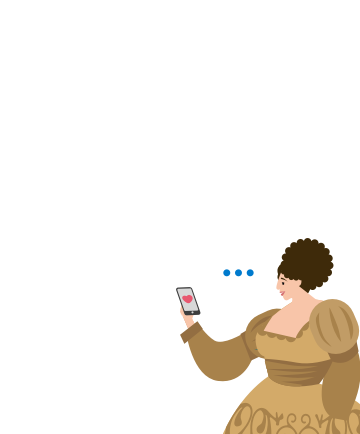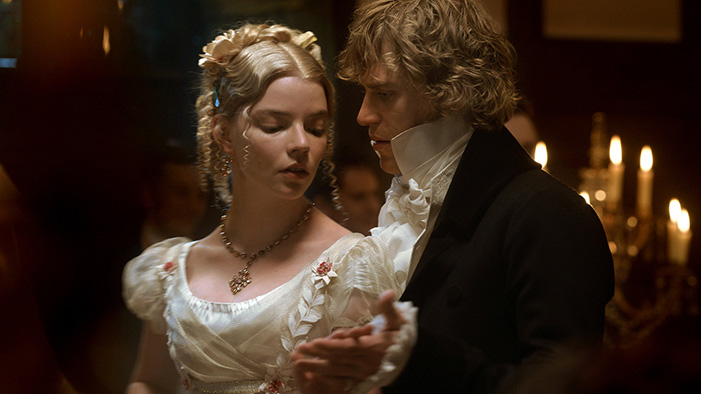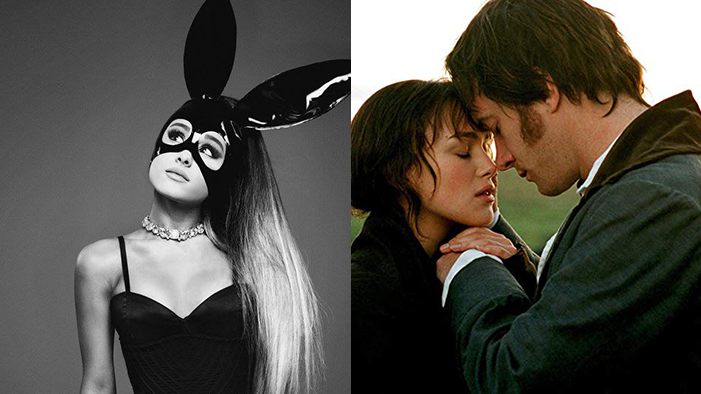The Poetic Line (Part II)

I know, I know: you’re probably thinking, how can there possibly be so much to say about the poetic line?!? why is poetry so complicated?!? @$%^& and I get it, I really do—but the poetic line is seen by many as THE defining feature of poetry. There’s a whole book devoted to its mysteries, and many, many essays have been written in its name. So, really, you’re getting off easy with just 2,000 words on the subject. Consider yourself lucky.
Okay. Last time we talked about enjambed versus end-stopped lines; this time, we’re going to to talk about length. Before we get started, I want to make a disclaimer: different writers have—surprise!—different reasons for choosing to write in a specific form and lines of the same length can be used for different reasons and to create different effects. Which is to say, I’m going to be doing some generalizing about how short and long lines operate. DON’T DO THIS AT HOME. What you can do at home is use a similar strategy to figure out what the line is doing. Okay? Okay.
We’ll begin with the short line; let’s take a look at the first stanzas of “Two Paintings by Gustav Klimt” by Jorie Graham, one of the most celebrated contemporary poets living in the US today. Read the excerpt aloud, pausing at the end of each line.












